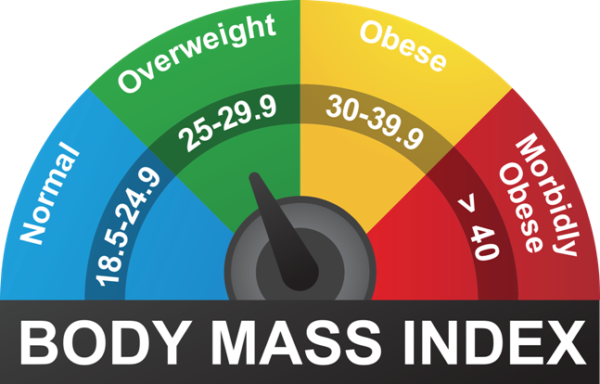Are you leading a sedentary lifestyle? If so, you may be unknowingly putting your health at risk.
Studies have shown that a lack of physical activity can make it harder for the body to regulate blood sugar levels, increasing the risk of developing diabetes.

How Exactly Does a Sedentary Lifestyle Impact Blood Sugar Regulation?
The answer lies in insulin sensitivity and glucose uptake in muscles.
Insulin is a hormone produced by the pancreas that regulates blood sugar levels by facilitating the uptake of glucose by cells.
Individuals who lead a sedentary lifestyle have been found to have decreased insulin sensitivity, making it harder for their bodies to regulate blood sugar levels.
On the other hand, regular physical activity has been shown to improve insulin sensitivity, allowing for better glucose utilization and regulation of blood sugar levels.
Physical activity also plays a crucial role in managing diabetes by improving glucose uptake in the muscles.
When you engage in physical activity, muscle contractions increase glucose uptake in the muscles, leading to a decrease in blood sugar levels.
This is especially important for individuals with diabetes who have a reduced ability to uptake glucose into the muscle cells.

But that’s not all.
A sedentary lifestyle can also lead to weight gain, which can further exacerbate difficulties in regulating blood sugar levels.
Obesity is another known risk factor for the development of diabetes, and it can also worsen the symptoms of diabetes in individuals who already have the condition.
Excessive body weight can lead to increased resistance to insulin, making it harder for the body to regulate blood sugar levels.
But don’t worry, you don’t have to be a gym rat to reap the benefits of physical activity.
Even simple activities such as going for a walk, taking the stairs instead of the elevator, or engaging in household chores can contribute to an active lifestyle.
Adopting an active lifestyle is essential for preventing and managing diabetes.
This can be achieved by making small changes to one’s daily routine such as taking the stairs instead of the elevator, going for a walk, or engaging in household chores.
Regular physical activity is not only beneficial for blood sugar regulation but also for overall health and well-being.
The key is to make sure that you are engaging in regular physical activity.
Many adults need to change their eating habits to achieve a healthier lifestyle and prevent
diseases such as metabolic syndrome.
The ACSM (The American College of Sports Medicine) recommendation for adults is at least 150 minutes of moderate-intensity exercise every week while including resistance training 2 or 3 days a week.
Obesity and Blood Sugar Regulation
Obesity is a major health concern worldwide as the condition decreases life expectancy.
Mortality rates in obese young adults are higher than in obese older adults. It increases a person’s risk of developing several diseases.

Obesity leads to the risk of cancer, metabolic syndrome, hyperglycemia, hypertension, coronary heart disease, and cerebrovascular disease.
In the United States obesity rate rose by 5 percent, and now, 1 in 3 adults experience obesity.
Almost a third of Americans, 31.3% of the United States, are obese (Americas Health Rankings – 2019).
Adults aged 25 and older with a college degree have a lower prevalence of obesity compared to those without a college degree.
Obesity is the leading cause of chronic diseases such as cardiovascular disease and cancer, which have an effect on premature death rates.
Individuals who are considered obese have a higher risk of developing diabetes and other related diseases.
Body Mass Index, aka BMI, values above 30kg/m2 will be considered obese and BMI between 20-25kg/m2 is considered to have the lowest mortality rate.

BMI and body fat mass values can help determine metabolic health by measuring weight relative to height.
BMI does not distinguish between body fat, muscle mass, or bone; therefore, a DXA (Bone density scan) scan is more reliable and is able to provide these details.
DXA (Bone density scan) or often known as DEXA scan, is a bone density scan that uses low-dose X-rays to determine how dense (or strong) the bones are. They are the most reliable way to diagnose or assess your risk of Osteoporosis — A health condition that weakens bones and makes them more likely to break.
Our Top Rated Product
Read the full reviews of GlucoTrust Blood Sugar Management Supplement





